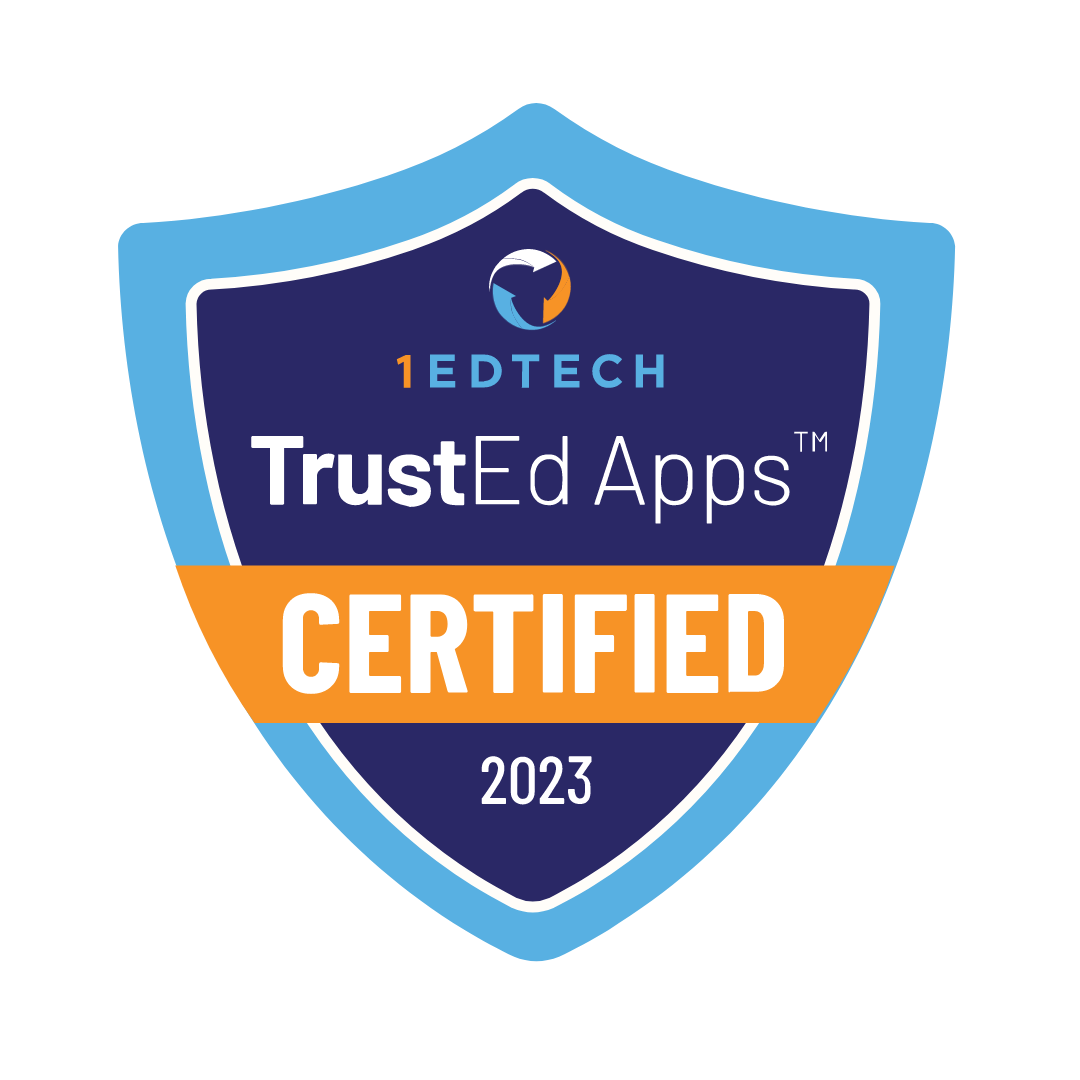Contents
Virtual learning interests many parents and students. Some parents and students don’t understand why online education is a good choice. We’ll explain why online learning is a great option.

Virtual learning is an educational approach where students learn remotely through digital platforms. Virtual learning offers the ability to access courses and materials from any location with an internet connection.
Why Students Choose Virtual learning?
Virtual learning is an effective option for many students. We will explore eight reasons why students choose online education.
Diverse Learning Resources
Virtual learning offers access to a variety of resources not available during regular classroom teaching. Online students have access to eBooks, interactive learning media, video lectures, and multimedia presentations. These different resources for various learning styles give students the opportunity to choose materials. Students receive a better understanding of material and show higher retention. Clemson University notes multimedia help students understand complex topics more effectively by providing visual and auditory methods of learning.
No Geographic Limits
Virtual learning allows students to have access to courses anywhere in the world. It reduces geographical barriers, reducing availability of educational opportunities. Virtual learning allows students to participate in classes taught by experts who are located in any other state or a country.
Comfortable Learning Environment
Virtual learning gives students the opportunity to learn from home. It cuts down anxiety levels and eases pressure for students. Virtual learning is placed in more familiar surroundings than a formal learning environment of traditional school. Virtual learning helps students with sensory sensitivities and health difficulties to receive comprehensive education in a controlled and comfortable environment.

Customizable Schedules
Virtual learning provides flexibility in scheduling, not possible in traditional schools. Students use flexible learning schedules to combine academics with part-time jobs, family obligations, or extracurricular activities.This flexibility is essential for students who need to balance their education with health appointments or therapy sessions.
Reduced Peer Distractions
Virtual learning environment ensures students are less distracted by social dynamics. Classroom noise, peer pressure, or bullying disrupt a student’s ability to focus on learning. Students have more control over their environment and social interactions in virtual learning. Virtual learning enhances student engagement and concentration, as shown in a study by Frontiers.
Better Support for Mental Health
Virtual learning gives students an opportunity to pay more attention to their mental health during education. Online classes allow students to take breaks whenever they need it. Learning from home helps students struggling with anxiety or depression. Online schools provide students with mental health resources, such as individual and group counseling, peer support groups, and wellness programs.
Learning at Any Age
Virtual learning allows learning regardless of age. Virtual learning provides a variety of programs from kindergarten to high school. Adults have the opportunity to return and finish their diplomas or extend their education online. Virtual learning allows students who have dropped out and interrupted their education to re-engage without feeling stigmatized by going back to traditional school settings.
Encourages Creativity

Virtual learning is designed to allow creativity by exploring various learning approaches and materials. Students are free to experiment with the mode of absorbing and applying information. Virtual learning environments encourage students to be more creative with self-expression through a blog, podcast, or other forms of multimedia presentation. Students are offered more opportunities to improve their critical thinking and problem-solving skills.
But What Could Go Wrong with Virtual Learning?
Virtual learning presents several challenges along with its advantages. These challenges intimidate some students. We’ll analyze eight challenges of online education and its solutions for student success.
Lack of Social Interaction
Virtual learning lacks face-to-face social interaction. Students in traditional schools acquire social skills through communicating with peers, group work, and extracurricular activities. Virtual learning reduces these opportunities and creates feelings of isolation and loneliness. A lack of interaction affects emotional development and social skills for younger students. The inability to experience in-person community to establish a sense of belonging for students.
Solution: Online schools provide students with virtual social platforms, events, online discussion boards, virtual clubs, and group projects. Online schools often create virtual field trips, video hangouts, or social sessions. Virtual learning doesn’t mean students will miss bonding with classmates or acquiring social skills.
Technical Issues
Students in virtual learning sometimes experience technical issues. These issues include problems with internet connection, outdated devices, and problems with learning management systems complexity. Poor internet accessibility creates problems for students in online classes. Poor device performance causes delays in the submission of assignments and actual virtual classes. Technical glitches tend to make students frustrated and decrease focus and productivity.
Solution: Online schools reduce these problems by offering students reliable tech support. Online schools ensure learning platforms are intuitive, user-friendly, and tested. Some online schools have device loan programs to improve accessibility through community partnerships or government programs. Virtual learning teachers pre-record the lessons, so students download to learn without internet connection. Online schools provide technical training sessions for students and parents to use the online platform.
Motivation Challenges
Virtual learning requires a lot of self-discipline and motivation from students. Students sometimes procrastinate without extra checking from teachers or parents. Students fall behind or choose not to participate in lessons. Poor time management leads to bad results for students during their education.
Solution: Online schools help students to create structured daily routines. Tools like Google Calendar or Trello are useful for students for organization of their routine. Online schools provide instructors to teach students work with deadlines and self-management. Students with teachers create goals to have motivation in their studies.
Concentration Problems
Some students struggle to concentrate while being at home due to distractions. Home distractions include other family members, chores, noise, social networking sites or games. These students need a teacher to keep focus and engagement in lessons.
Solution: Virtual learning requires an appropriate learning environment. Students need quiet places for studying with limited noise and distractions. Parents help by creating rules to prevent students from being interrupted at learning time. Online schools design lessons to have periods of rest in between.
Reduced Physical Activity
Students always have to sit in front of a screen for many hours during virtual learning. It’s an obstacle in a student’s physical activity. Lack of physical activity affects student’s health, especially at a young age.
Solution: Online schools often assign physical education or virtual fitness challenges to engage students in daily exercises and physical activities. Instructors prescribe brief exercises to be done in the breaks, like stretching, yoga, or brief cardio exercises. Parents inspire regular physical activities outside of home. Students have the opportunity to go to extracurricular sport sections or join local fitness events.
Mental Health Struggles
Students experience isolation during the virtual learning process. This affects students’ mental health. Students struggle without in-person contact, under pressure of an independent schedule. Some students have problems combining home and school environments, leading to increased stress levels.
Solution: Online schools include mental wellness breaks during the lessons. Online schools provide students with support groups, resources, and chats. This includes materials about mental health, self-help, and useful techniques. Students sometimes use relaxing apps, such as Headspace or Calm.
Limited Hands-On Learning
Subjects like science and art have large hands-on elements in learning. It’s difficult to fully simulate it on a virtual platform. Students miss experiments, projects, and other activities in virtual learning.
Solution: Online schools provide virtual labs and simulations for science classes. Teachers prepare Do-It-Yourself (DIY) projects students can do at home, using easily available materials. Demonstrations through videos or live virtual classes enrich lessons and give students practical experience. Online schools sometimes have mail kits or materials on specific projects for students.
Parental Involvement Overload
Parents’ involvement is very important yet overwhelming for some students. Parents sometimes feel incapable of handling their child’s education in addition to work or any other responsibilities. The need for a parent to become a teacher is stressful and results in burnout.
Solution: Online schools provide parents with training and resources. Online schools have teachers and instructors for students and parents. Parents learn how to give students independence in learning without losing progress. Online schools offer options to track student’s progress without extra time on digital learning platforms.
Why Choose Legacy Online School for Your Education?

Legacy Online School’s teachers put their heart and soul into their work. Our teachers support students during lessons and beyond. Their goal is not just to teach the material but to help students fall in love with the learning process.
Legacy Online School is fully accredited in providing a Science, Technology, Engineering, and Mathematics (STEM) curriculum. This curriculum puts students for success in their future careers. Students develop problem-solving skills, critical thinking, and experiential learning.
Legacy Online School uses virtual labs, simulations, and collaborative projects to give students good experience in STEM disciplines. Students understand theoretical concepts easily and apply them in real-life situations.
For more information, visit Legacy Online School’s STEM Curriculum.
Conclusion
We looked at eight reasons why students choose virtual learning. Students value the lack of geographic limits, reduced stress, and other advantages. Each student has their own reason for choosing the online education. Legacy Online School provides quality online education and is ready to support students with various needs.











